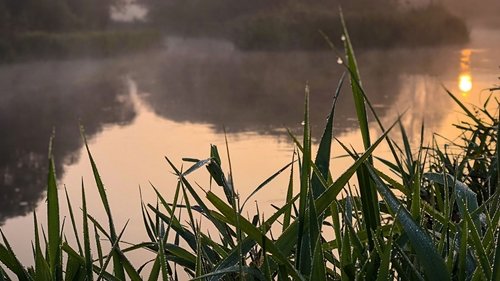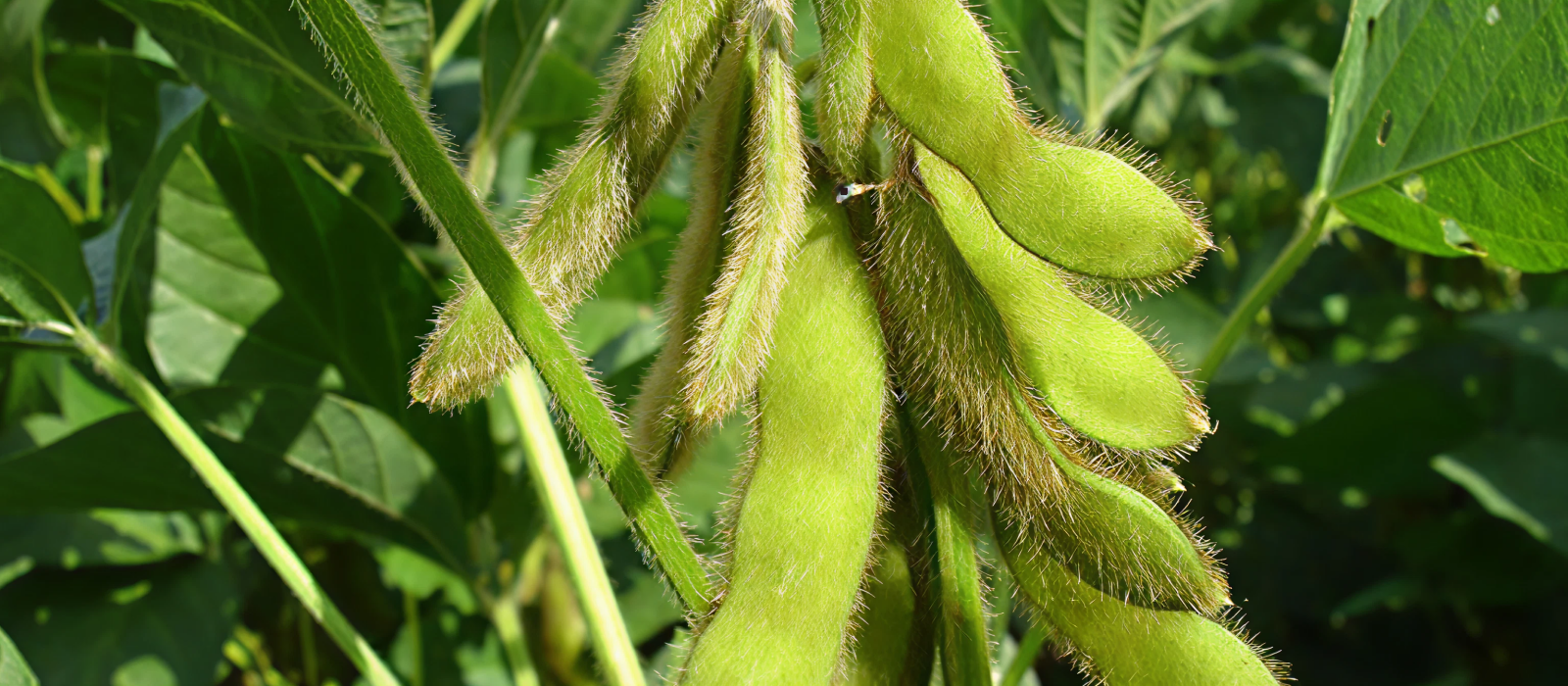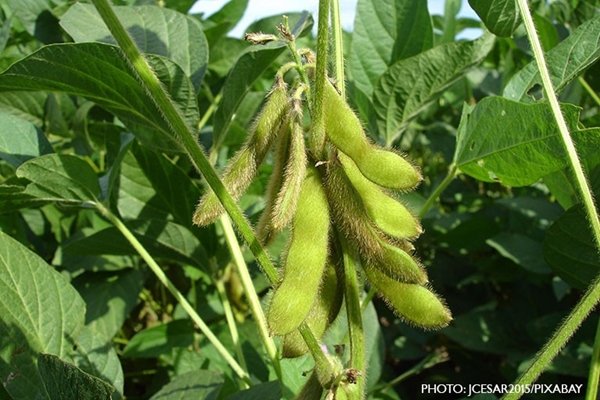
Challenges
Originating in China, soya has become one of the most important staple crops in the world, providing protein, oil, food and fuel globally. When crushed, it produces soya bean meal high in protein and soya oil. The majority of the world production (77%) is used as high-protein feed for animals, with most of the rest of the soya oil used for biofuels, industrial purposes, or for vegetable oil. Only 7% is used for direct human consumption in products such as tofu and soy milk.
Soya is grown all over the world, with the highest producers and exporters being in North and South America. Soya grown in Europe and Asia is more often grown for direct human consumption or for organic animal feed. Sustainable and ethical agricultural production methods is an important issue in all regions where soya is grown, but it is in South America where problems associated with soy production are the most acute.
Alongside cattle production, mining, timber extraction, and other factors, the expansion of agricultural land used for soya cultivation in South America has contributed to the clearing of tropical forests like the Amazon in Brazil and Bolivia, and of other ecosystems such as the Brazilian Cerrado, or the Chaco regions of Argentina and Paraguay. Much, but not all, of this is done illegally.
The result has been the loss of huge areas of some of the most biodiverse and unique ecosystems on the planet. Excessive use of hazardous pesticides and conflicts with indigenous communities whose land and water rights have been transgressed by producers, are also important regional issues
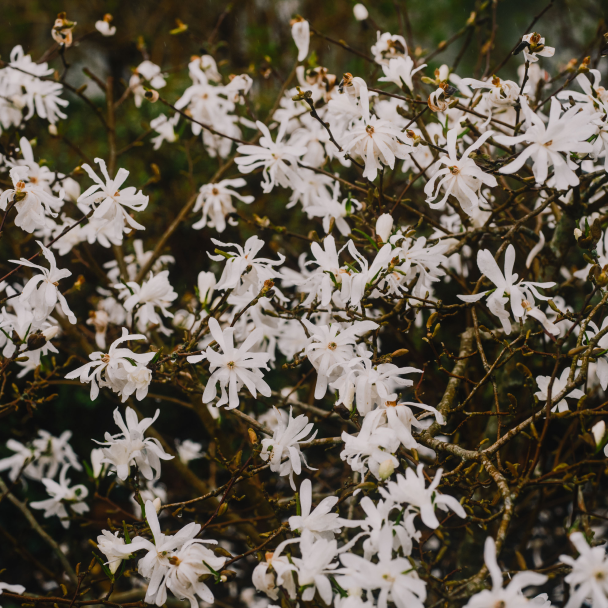
Our approach
The JLP is committed to playing our part to find lasting solutions to these issues.
Research shows that it is possible to continue to expand global soya production without clearing further land, and to produce more sustainably. We believe the best way to achieve that is to transform the market for sustainable soya around the world, and deliver sustainable development for people in soya producing regions in ways that allow nature to continue to thrive.
Procurement of certified sustainable, and deforestation and conversion free soya in our own supply chains is an important step towards this, but given that the JLP’s usage represents less than a tenth of one percent of global soy production, to fully achieve that vision requires broader systemic changes to global soya supply chains and markets.
We seek to influence this by working collectively with other businesses and organisations to affect change, as well as by supporting initiatives in sourcing landscapes and communities. By doing so we seek to have an outsized positive impact for nature and people in soya supply chains.
Where viable alternatives to soya are available that have verifiably lower life cycle impacts on land use, emissions, and other factors, we are supportive of their use. We also support feed innovation initiatives to increase the efficiency of feed use and to develop alternative feed ingredients to lower the overall impact from feed.
We do not believe that the elimination of soya is realistic or desirable to address the impact associated with its production. Nor do we believe that switching sourcing to low-risk regions is a sufficient solution to stop soy-driven ecosystem losses in high-risk landscape.
Commitments & performance
We publish an annual update on our performance against our commitments in our E&S report. Each year, our soya footprint is calculated as part of a common UK retailer reporting process that we undertake managed by the sustainability consultancy 3Keel. More information about this collective process can be found here. All suppliers using soya derived ingredients in food and indirectly in animal feed are contacted about this to collect data and evidence on soya sourcing for the previous calendar year,
Additional information about the breakdown of our soya sourcing footprint can be found in the transparency section below.

Our commitments
1. Sourcing 100% deforestation and conversion free (DCF)* soya-derived ingredients and for animal feed used to make ingredients in JLP own-brand products, by end 2025;
2. Certification of 100% of our total soya footprint;**
3. Supporting initiatives in soya sourcing landscapes to help improve livelihoods, produce more sustainably, and protect nature.
Waitrose is also a signatory of the UK Soy Manifesto and so has signed up to the shared commitments made by all signatories.
* We classify deforestation and conversion free soya ingredients as those which are being (i) sourced via a certified segregated supply chain standard that in FEFAC’s soya standard benchmark tool has been classified as DCF; (ii) are organically certified; (iii) are verifiably sourced from outside of South America; (iv) or sourced from a soya trader whose supply chain has been third party verified to have 100% deforestation and conversion free sourcing, with a cut-off date prior to 31st December 2020.
Our definitions of deforestation and conversion and the cut-off date for our target are aligned with those of the Accountability Framework Initiative (AFI). Here conversion free refers to non-clearance of non-forest ecosystems for soya production.
** This includes physically certified (segregated, mass-balance) RTRS, Proterra, Donau Soja, ISCC Plus (with add-ons 202-01 and 202-02), Cargill SSS and Cefetra CRS. Where sourcing of physically certified soya isn’t possible, we allow the use of RTRS Regional credits purchased from farms in the Brazilian Cerrado or the Argentine Gran Chaco biomes.
Round Table on Responsible Soy (RTRS) regional credits reward and incentivise soya farmers in high risk sourcing regions to produce deforestation and conversion free soy and to adopt more sustainable farming practices.
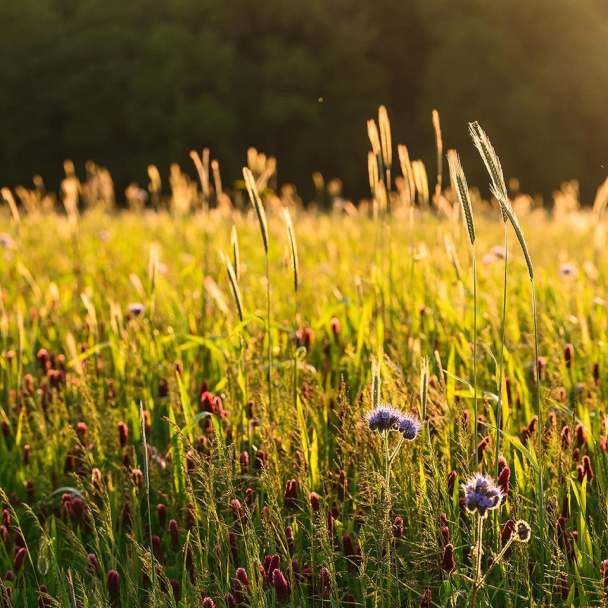
Achievements
In 2022, Waitrose, alongside Tesco and Sainsbury’s, was one of the founding investors in the Responsible Commodities Facility (RCF). See more information on this in the section below.
Since 2016, no soya has been used in feed rations for cows by the Waitrose Dairy Farmers group to produce Waitrose Essentials own-brand milk and cream products. And since January 2020, no soya has been used in the rearing of young stock for dairy production.
Since 2022, no soya has been used in the feed rations used to produce Waitrose own-brand beef and venison products.
Since 2020, 100% of our soya footprint has been either physically certified or via RTRS soya credits.
Waitrose, together with our suppliers have been a part of a wide range of different research projects working with universities to assess the viability of alternative sources of proteins and oils in animal and fish feed, including:
- Sustainable Forage Protein project looking at high protein forage species for ruminant grazing to reduce protein needs from feed;
- Optibean project looking at the potential for UK grown fava beans to be used as a substitute for soya in animal feed in pigs and poultry;
- NextGen protein project looking at the use of alternative proteins for fish feed including insects, micro algae and microbial protein.
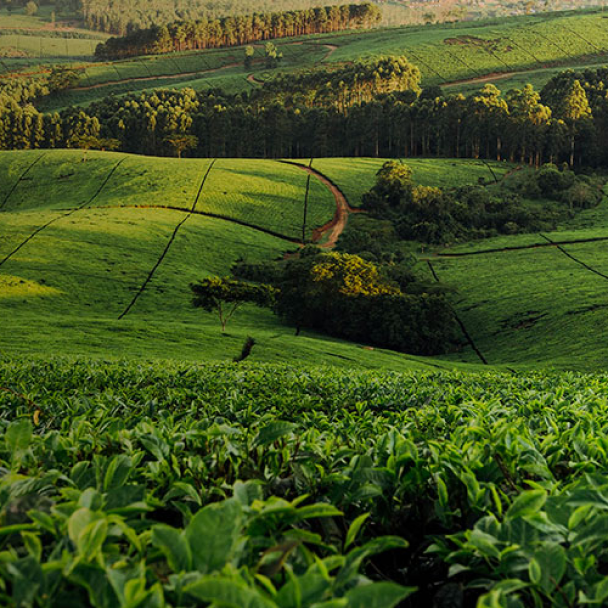
Action plan
Global supply chains for soya are long and complex. This means that our ability to source and specify deforestation and conversion free soya is highly interdependent on the actions of other businesses in the supply chain and their sourcing decisions.
We have made progress in our sourcing of certified, and deforestation and conversion free soya where we have more visibility and influence on soya procurement in supply chains. But to go further and fully achieve our commitments across our full soya footprint depends on achieving market-wide changes, with businesses acting together to transition industry standards for the whole supply chain.
To do this, what is needed is to:
1. Develop new supply chains and availability of deforestation and conversion free soya into the UK and other markets. This is not yet widely available to procure currently;
2. Develop new robust assurance and traceability mechanisms to allow the specification and verification of deforestation and conversion free soya in supply chains;
3. Achieve widespread adoption of both of these through an aligned industry-wide transition plan, to deliver consistent standards and enable efficient supply chains for vDCF soya.
To this end we are working with other retailers, businesses, civil society, and government to address these challenges through organisations such as the Retail Soy Group and the UK Soy Manifesto.
A further priority is working to ensure compliance with EU Deforestation Regulation requirements where applicable, and to prepare for forthcoming UK regulation on forest risk commodities.
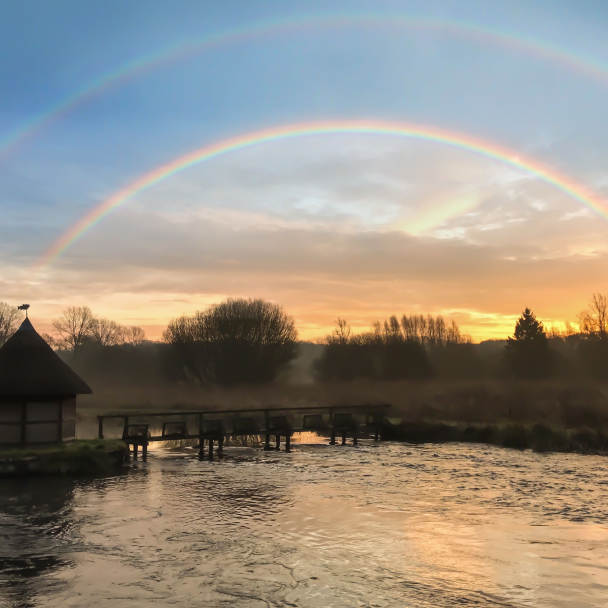
Working collectively for change
The UK Soy Manifesto is a group of companies and organisations representing the full UK supply chain for soya and about two thirds of total soy demand in the UK market, working together towards a common commitment to ensure that all shipments of soya into the UK are deforestation and conversion free soya by the end of 2025. This group exists to develop the shared commitments, transition plan, sourcing options, and assurance mechanisms to enable this market-wide shift. For more information, see the UKSM’s annual progress reports.
As a part of this work we have initiated and co-funded a scoping workshop, which is the first stage of developing a British Standards Institute (BSI) Publicly Available Standard (PAS) for deforestation and conversion free soya supply chains for animal feed, with the intention of progressing this work to create a new industry-wide standard.
We are members of the Retails Soy Group (RSG) which works collaboratively to drive progress towards a market where sustainable soy is the norm. This group works together to share knowledge, achieve alignment on best practice and to take collective action in strategic areas. For example, advocacy and engagement of the UK and EU legislators in support of due diligence legislation on forest risk commodities and publication of capacity building e-learning materials on soya supply chains. For more information see the RSG’s annual reports and website.
The JLP is a founder member of the Soy Transparency Coalition (STC); a coalition of businesses working together through a robust engagement and evaluation process with major soya importers and traders to achieve greater transparency and insight about the sourcing, commitments and performance, as a means to inform procurement decisions and drive progress towards sustainable soya production systems. For more information, see the STC’s annual reports.
The responsible commodities facility
The Responsible Commodities Facility (RCF) is an innovative initiative designed to incentivise soya farmers in the Brazilian Cerrado to produce deforestation and conversion free (vDCF) soya, by conserving native vegetation on their land above and beyond the amount that they could otherwise legally clear.
Farmers are incentivised through loans with below-market interest rates, which are typically used for the purchase of farm inputs such as seeds and fertilizers. In return, they must pass financial and environmental screening criteria, and their land is monitored by satellite to check compliance with the funds requirements that land not be cleared.
Low rates of interest are achieved through an innovative blended finance structure, whereby impact investors de-risk the investments of more conventional investors (i.e. banks and institutional investors), enabling better rates of interest and also a larger total amount of capital to invest in funding vDCF soya, numbering multiple times the level of the impact investment alone.
Waitrose was an inaugural investor in the founding of the Responsible Commodities Facility, contributing over $1m in support of the RCF and its first $11m pilot fund in year one, with the aim to demonstrate the model and ultimately scale the fund and its overall impact to a level that can influence soya supply chains and protect significant areas of native vegetation in the biome.
For more information about the RCF and its progress, view the case study page.
Transparency
Responsible Sourcing of Soya Policy Summary
Human Rights Policy (see sections 5.5 and 5.6, in relation to the rights of local and indigenous communities with respect to land, water and natural resources, and to free prior and informed consent.)
